On September 30, 2025, the United Nations Security Council voted overwhelmingly to authorize a massive escalation in international intervention in Haiti, approving the creation of the Gang Suppression Force (GSF) with nearly six times the personnel of its predecessor. The move, formalized in Resolution 2793 (2025), came just hours before the expiration of the previous mission and followed a high-stakes meeting between Ambassador Mike Waltz of the United States and Korir Sing'oei, Principal Secretary of Kenya’s Ministry of Foreign Affairs. The vote—12 in favor, none opposed, with China, Pakistan, and Russia abstaining—marked a rare moment of diplomatic alignment on a crisis that has spiraled into one of the world’s most urgent humanitarian emergencies.
Why This Shift Matters
For too long, Haiti’s security collapse has been treated like a regional footnote. But the numbers don’t lie: 1.3 million people displaced internally, gangs controlling entire neighborhoods in Port-au-Prince, children forcibly recruited, women subjected to systematic sexual violence. The previous Multinational Security Support (MSS) mission, led by Kenya with about 1,000 officers, simply couldn’t keep up. It was underfunded, understaffed, and outgunned. The U.S. Congress didn’t allocate a single dollar for it in FY2024 or FY2025. Kenyan troops, meanwhile, paid a heavy price—two killed, others wounded—while reclaiming key routes and securing the airport. Now, the GSF isn’t just a boost. It’s a paradigm shift.
The New Force: Scale, Structure, and Strategy
The Gang Suppression Force will deploy 5,550 personnel—5,500 uniformed military and police, plus 50 civilian experts. That’s more than five times the size of the MSS. Crucially, it’s not a traditional UN peacekeeping mission. These troops won’t wear blue helmets. They’ll operate under their own national flags as part of a new Standing Group of Partners, led by the United States and including the Bahamas, Canada, El Salvador, Guatemala, Jamaica, and Kenya. Each country will fund, train, and command its own contingent. This isn’t about UN bureaucracy—it’s about speed, accountability, and political buy-in.
The mandate is explicit: conduct intelligence-led operations to “neutralize, isolate and deter” gangs. That means raids, targeted arrests, dismantling criminal networks—not just guarding checkpoints. The GSF can act independently when the Haitian National Police (HNP) are overwhelmed or compromised. And for the first time, there’s a clear chain of command tied directly to Haitian authorities: HNP Director General Fréderic Auguste and Armed Forces Commander-in-Chief Raoul Del Beauvoir are formally integrated into the coordination structure.
The Logistics Lifeline: UNSOH
One of the biggest failures of the MSS was logistics. Troops ran out of fuel. Ammo shipments were delayed. Communications broke down. Resolution 2793 fixes that by mandating the creation of the UN Support Office in Haiti (UNSOH). UNSOH will assume full logistical responsibility within six months—meaning by March 30, 2026, it must be fully operational. No more begging for trucks. No more waiting for Congress to approve aid. The UN will handle supply chains, medical evacuation, maintenance, and communications. It’s a structural fix, not a Band-Aid.

Who’s Paying? And Who’s Responsible?
Here’s the twist: the GSF won’t draw from the UN’s assessed budget. That’s intentional. Past missions starved because donor nations lost interest. This time, funding is voluntary—but with teeth. The U.S. is expected to lead contributions, but Kenya, Canada, and others are already signaling their commitment. Kenya’s Principal Secretary Korir Sing'oei called the vote “a reflection of Kenya’s leadership in mobilizing international attention.” That’s not just diplomacy—it’s recognition of Nairobi’s grit. Kenyan officers were on the front lines when others held back.
But there’s a deadline. The mandate lasts only 12 months. By September 30, 2026, the GSF must show measurable progress: reduced gang control in Port-au-Prince, fewer kidnappings, restored access to hospitals and schools. If not, the Security Council won’t renew it. No more open-ended missions. No more vague promises. This is a performance-based intervention.
What’s at Stake Beyond Haiti
Haiti isn’t just a failed state. It’s a regional threat. Gangs now use the island as a trafficking hub for fentanyl, weapons, and human cargo. The violence is spilling into the Dominican Republic. Smugglers are targeting Florida-bound boats. The U.S. isn’t acting out of charity—it’s protecting its own security. And if this mission fails, it could signal the end of international willingness to intervene in fragile states without a clear exit strategy. Success here could become a model for other crisis zones: rapid deployment, national contributions, strict timelines, and local ownership.
There’s still a lot we don’t know. Will El Salvador’s controversial anti-gang tactics be replicated? Will Kenya’s experience in Somalia translate to Haiti’s urban jungle? Are Haitian institutions strong enough to take over once the GSF leaves? The details are still unclear. But one thing is certain: the world is no longer watching from the sidelines.
Frequently Asked Questions
How is the Gang Suppression Force different from the previous MSS mission?
The GSF is five times larger (5,550 vs. 1,000 personnel), authorized to conduct independent offensive operations against gangs, and funded through voluntary contributions rather than relying on unpredictable U.S. congressional appropriations. Unlike the MSS, which operated under Haitian police command, the GSF can act autonomously when necessary. It also benefits from a dedicated UN logistics office (UNSOH), which the MSS never had.
Why did China, Pakistan, and Russia abstain from the vote?
While none opposed the resolution, their abstentions reflect longstanding skepticism toward Western-led military interventions in sovereign states. China and Russia have previously criticized UN missions as tools of geopolitical influence, while Pakistan often aligns with Global South positions opposing foreign troop deployments. Their silence, however, allowed the resolution to pass without veto—signaling a pragmatic, if reluctant, acceptance of the urgency in Haiti.
What role is Kenya playing in the new mission?
Kenya remains a critical partner, contributing personnel under its own flag and providing operational experience from its previous MSS deployment, where it lost two officers and secured key infrastructure. Kenya’s leadership in rallying international support helped overcome diplomatic inertia. Principal Secretary Korir Sing’oei described Kenya’s role as catalyzing consensus when others hesitated—a rare diplomatic win for Nairobi on the global stage.
What happens if the Gang Suppression Force doesn’t meet its goals by September 2026?
If the GSF fails to demonstrate measurable progress—such as reduced gang control, fewer kidnappings, or restored public services—the Security Council will not renew its mandate. Unlike past missions, there’s no automatic extension. This creates intense pressure to deliver results within a year, making the GSF one of the most tightly monitored international interventions in recent memory.
Is this mission legal under international law?
Yes. The mission operates under Chapter VII of the UN Charter, which permits enforcement actions to restore international peace and security. The Haitian government, led by Prime Minister Ariel Henry, formally requested international assistance. The GSF’s mandate explicitly requires coordination with Haitian authorities, ensuring it doesn’t violate sovereignty. Legal experts say this is one of the most carefully structured interventions since the 2004 UN mission in Haiti.
How will this affect Haitian civilians on the ground?
If successful, the GSF could restore access to hospitals, schools, and markets in areas currently controlled by gangs. Humanitarian aid, now blocked in many neighborhoods, could finally reach 1.3 million displaced people. But there’s risk: heavy-handed operations could trigger civilian casualties or fuel resentment. The resolution mandates protection of vulnerable groups and human rights monitoring, but enforcement remains uncertain. For now, many Haitians see the GSF as their last hope—or their last gamble.
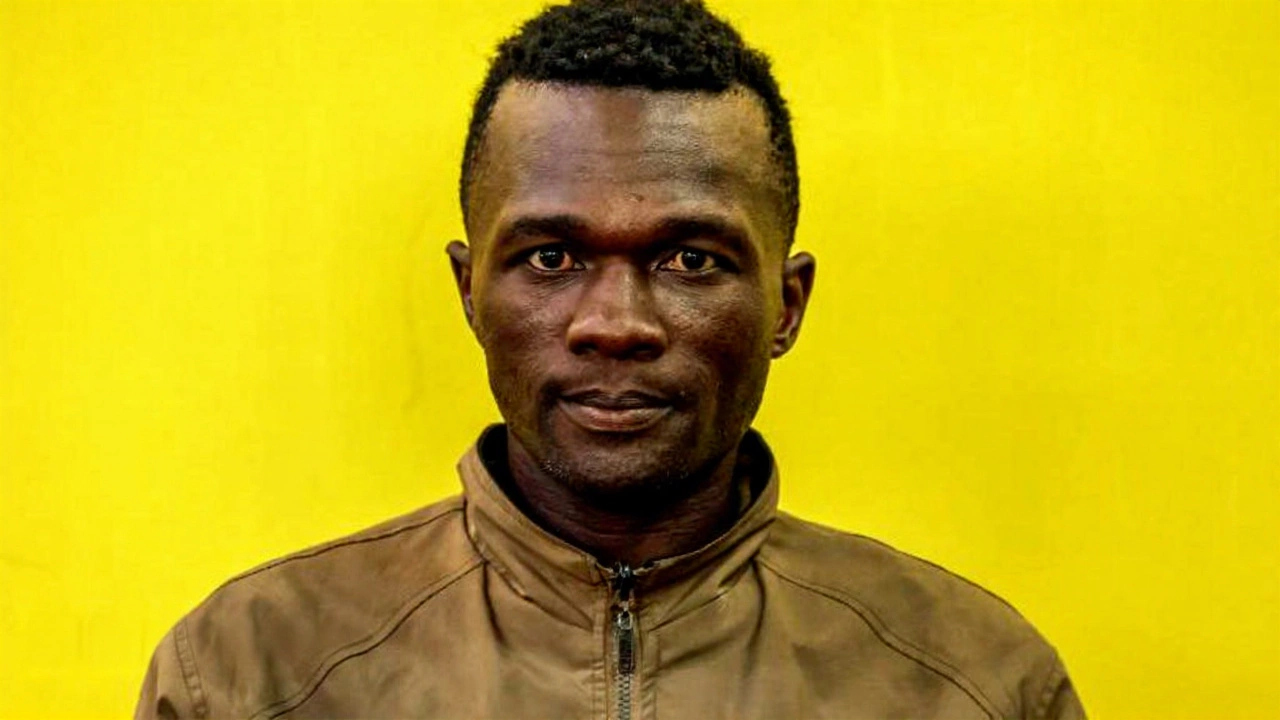
 What can I do to my website to improve inbound marketing?
What can I do to my website to improve inbound marketing?
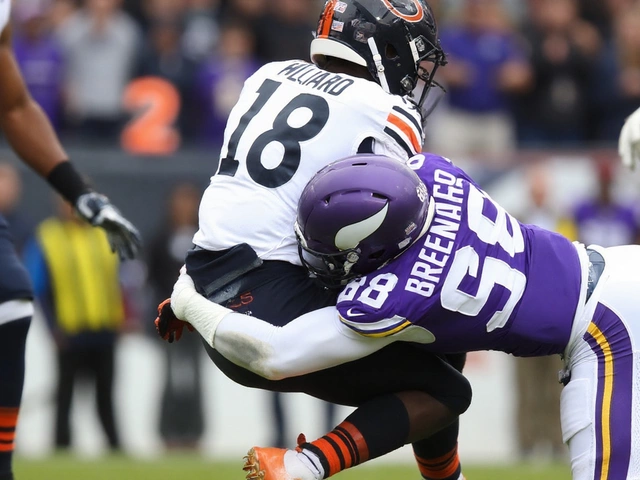 Vikings vs Bears: Minnesota Rallies Late to Win 27-24 on Monday Night Football
Vikings vs Bears: Minnesota Rallies Late to Win 27-24 on Monday Night Football
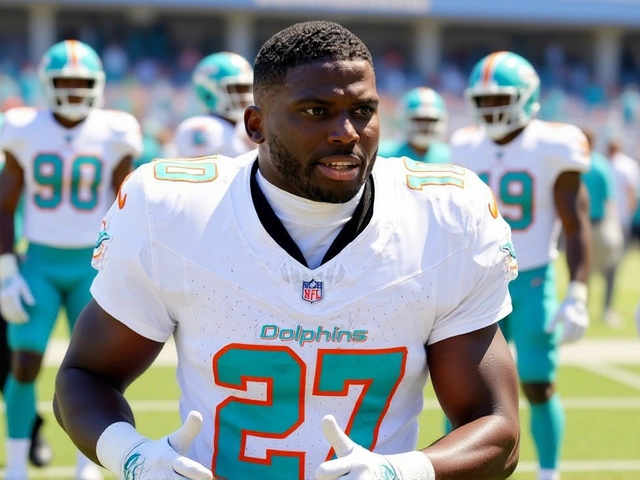 Dolphins stick with Tyreek Hill as knee injury derails trade hopes
Dolphins stick with Tyreek Hill as knee injury derails trade hopes
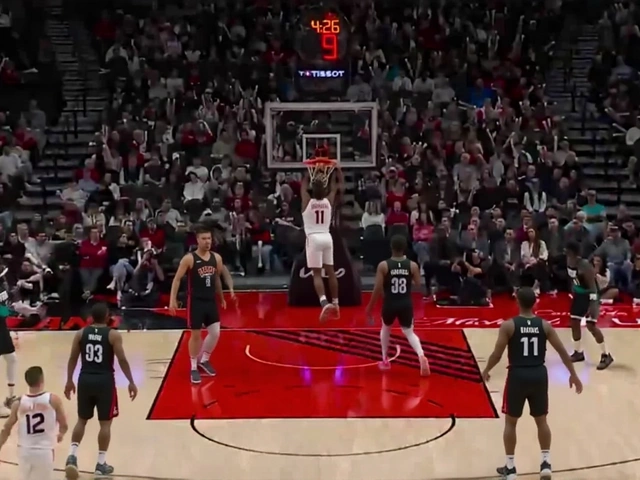 Suns Crush Trail Blazers 127-110 Behind Booker and Gillespie in Portland
Suns Crush Trail Blazers 127-110 Behind Booker and Gillespie in Portland
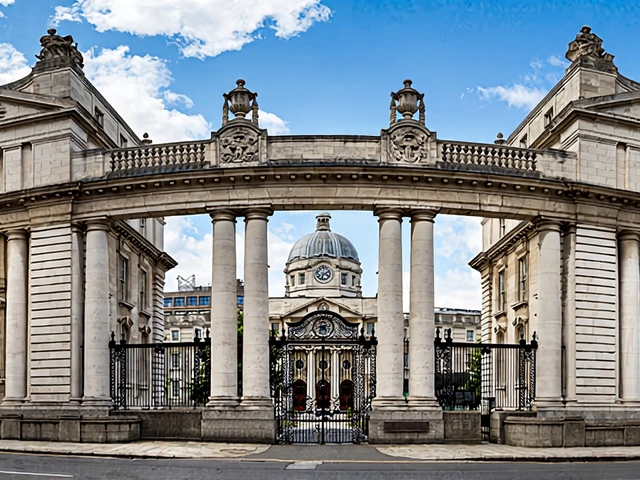 President's FY 2026 Budget Slashes Justice Grants by $850M, Deepens California’s Fiscal Crisis
President's FY 2026 Budget Slashes Justice Grants by $850M, Deepens California’s Fiscal Crisis